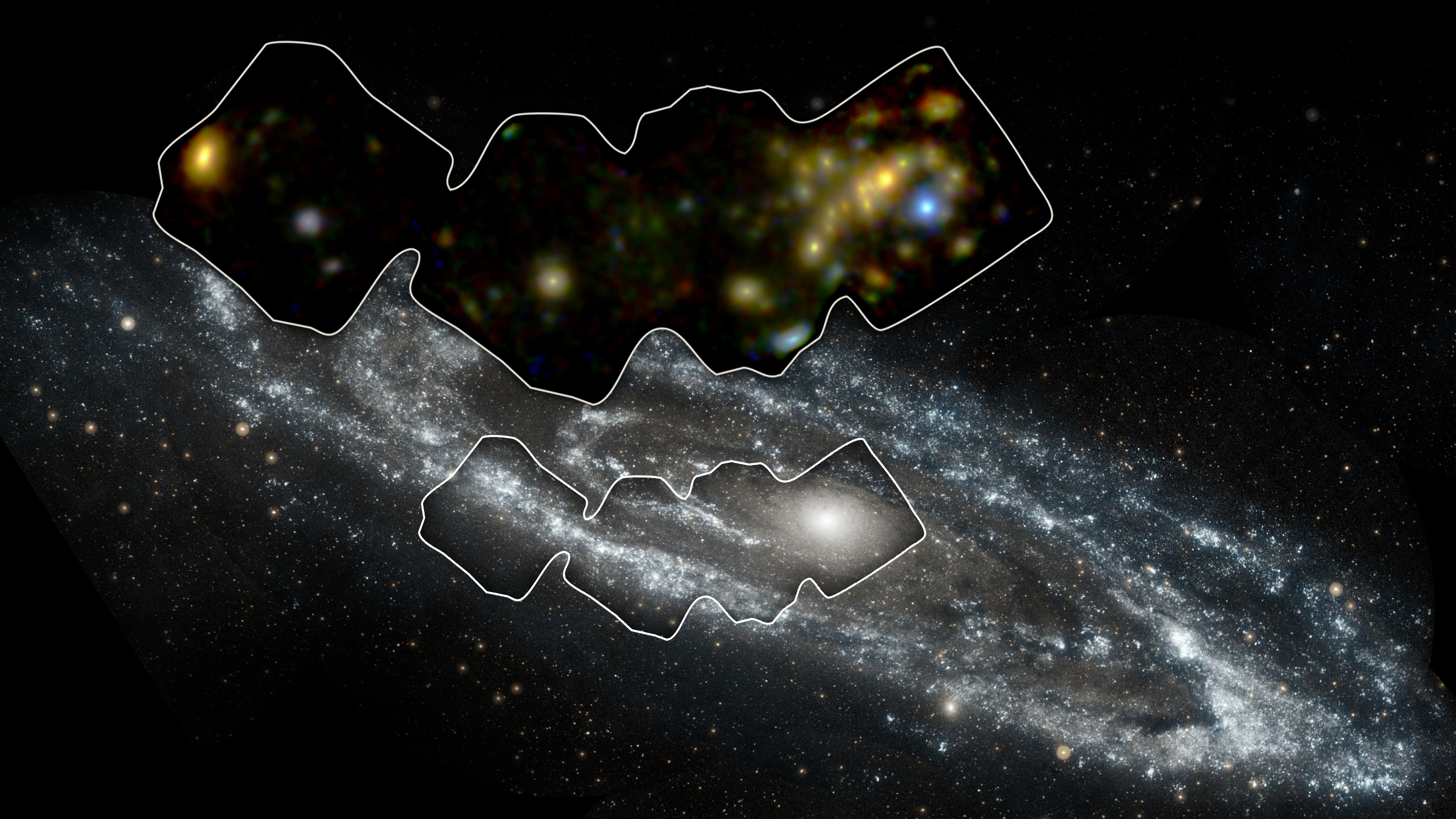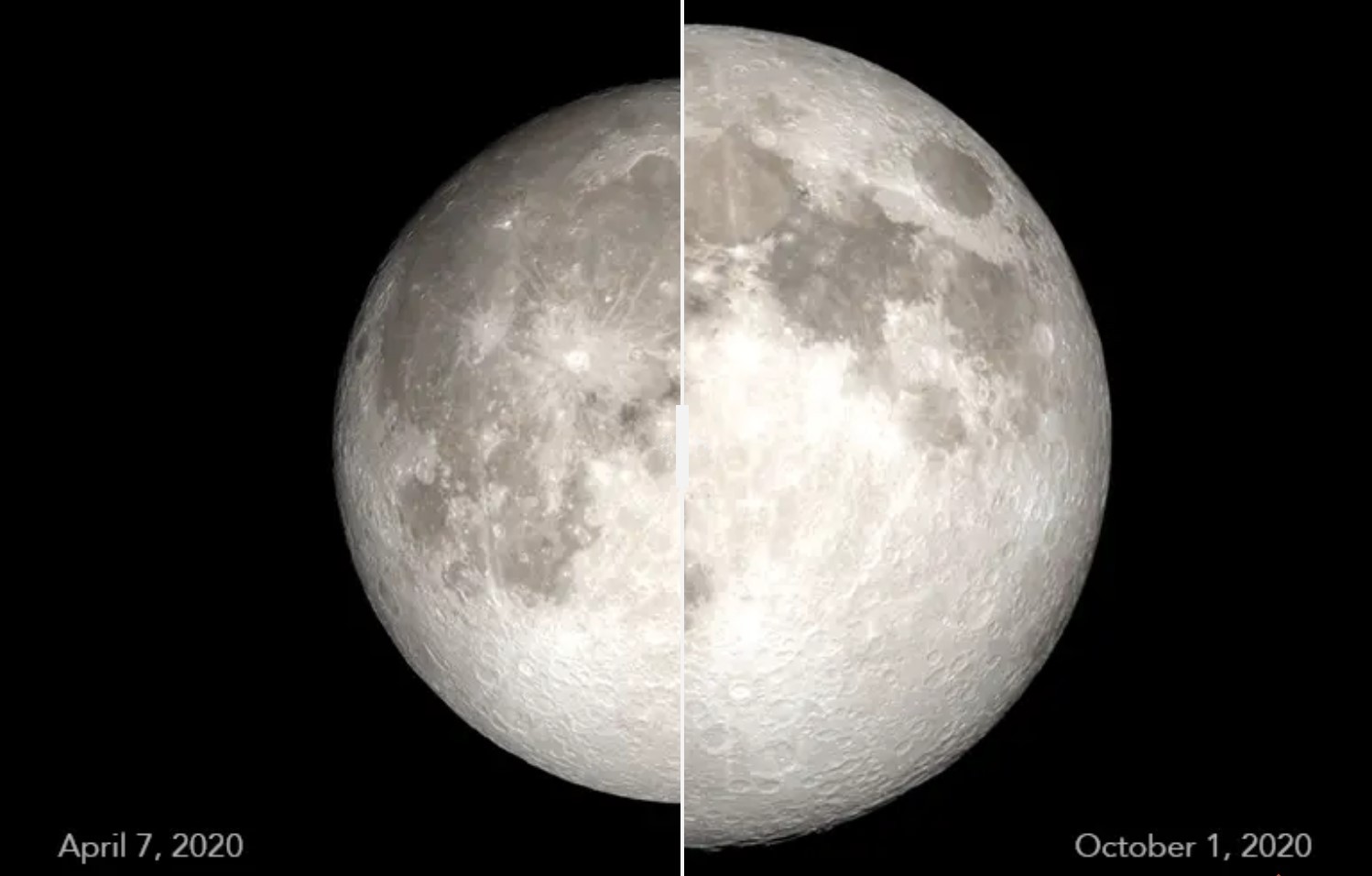Nearby Black Holes Spied Gobbling Gas in Andromeda Galaxy (Photo)

A NASA observatory has zoomed in on the Andromeda galaxy with X-ray vision, revealing 40 black holes and neutron stars gobbling down gas from a stellar companion and releasing torrents of X-rays.
Scientists used NASA's Nuclear Spectroscopic Telescope Array, or NuSTAR, to make the new discoveries in Andromeda — a nearby spiral galaxy, like Earth's own Milky Way galaxy, located 2.5 million light-years away.
The so-called X-ray binary systems of neutron stars and their neighbors, in particular, are thought to be a key factor in heating nearby gas and therefore driving galaxy evolution. X-ray binaries are shrouded in thick veils of gas and dust, making them hard to detect in visible light in Earth's galaxy, let alone across millions of light-years of space. But NASA's three-year-old NuSTAR space telescope was able to spy some hard-to-spot binaries within the shadows. [More Amazing Photos of the Andromeda Galaxy]
Still, Andromeda's relatively close proximity to the Milky Way helps, researchers said.
"Andromeda is the only large spiral galaxy where we can see individual X-ray binaries and study them in detail in an environment like our own," Daniel Wik, of NASA's Goddard Space Flight Center in Greenbelt, Maryland, said in a statement. "We can then use this information to deduce what's going on in more-distant galaxies, which are harder to see."
With NuSTAR's new data (which were presented at the 227th meeting of the American Astronomical Society in Kissimmee, Florida, this week), Wik and his colleagues are attempting to identify the fraction of X-ray binaries that harbor black holes versus neutron stars. Andromeda's population can then stand as an observational proxy for the populations within more-distant — and therefore earlier — galaxies.
"We have come to realize in the past few years that it is likely [that] the lower-mass remnants of normal stellar evolution, the black holes and neutron stars, may play a crucial role in heating of the intergalactic gas at very early times in the universe, around the cosmic dawn," Ann Hornschemeier, also from NASA Goddard and principal investigator of the NuSTAR Andromeda studies, said in the same statement.
Get the Space.com Newsletter
Breaking space news, the latest updates on rocket launches, skywatching events and more!
"Observations of local populations of stellar-mass-sized black holes and neutron stars with NuSTAR allow us to figure out just how much power is coming out from these systems," she added.
Follow Shannon Hall on Twitter @ShannonWHall. Follow us @Spacedotcom, Facebook and Google+. Original article on Space.com.
Join our Space Forums to keep talking space on the latest missions, night sky and more! And if you have a news tip, correction or comment, let us know at: community@space.com.

Shannon Hall is an award-winning freelance science journalist, who specializes in writing about astronomy, geology and the environment. Her work has appeared in The New York Times, Scientific American, National Geographic, Nature, Quanta and elsewhere. A constant nomad, she has lived in a Buddhist temple in Thailand, slept under the stars in the Sahara and reported several stories aboard an icebreaker near the North Pole.









